Wild swimming in Scotland: tips from a pro
Considering trying wild swimming in Scotland? Read these three tips from Scottish ultra swimmer James Armour before you take the plunge
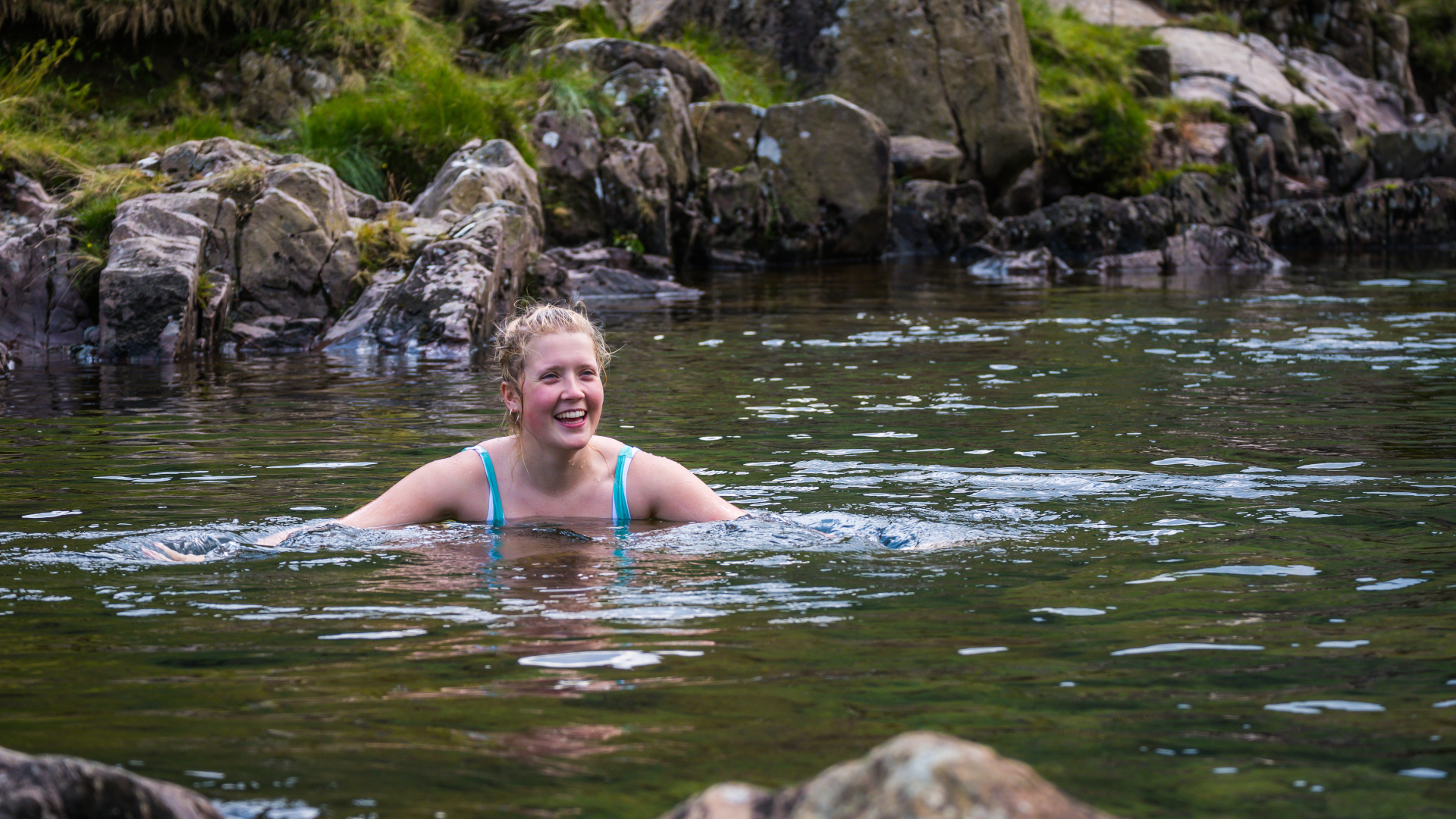
In addition to baking sourdough bread and fostering puppies, wild swimming exploded across the UK during the pandemic, with loads of gutsy folk taking the plunge in this rainy island's copious rivers, lakes and coastal areas. Perhaps nowhere was this more visible than in Scotland, which houses 90% of the UK’s freshwater in its rivers and lochs in addition to a hefty 7,330 miles of coastline. With all that water, it makes sense that wild swimming in Scotland has caught on, except for the fact that the country is also notorious for challenging weather – it averages 100 days of snow per year and no stranger to frigid winters and frequent gale force winds – so we were curious to know if there are any special considerations to be taken when it comes to wild swimming in Scotland.
To find out, we caught up with wild swimmer James Armour, who we figured would know best since in 2021 he became the first person to swim, run and cycle the entire length of the Outer Hebrides, a chain of islands off the west coast of Scotland. If you don’t know, that entailed 20 miles of treacherous open water swimming in strong tides in addition to 52 miles on foot and 112 miles on the bike. Armour was speaking about his epic voyage at the Fort William Mountain Festival in the highland area of Lochaber, where wild swimming has been a way of life for decades, if not longer, and boasts lots of stunning wild swimming spots.
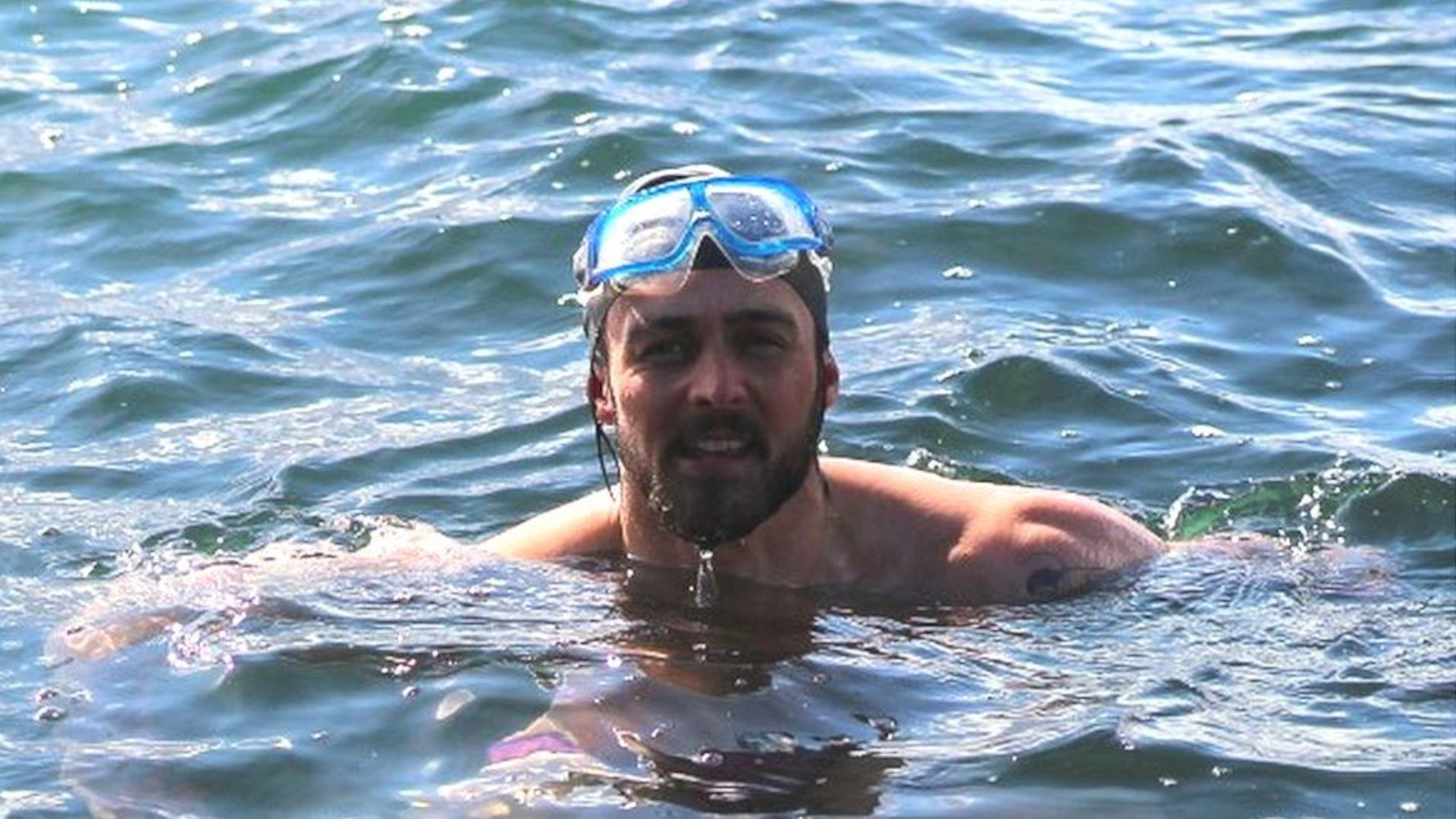
Whether you’re considering a quick dip in a local loch or working your way up to some serious strokes in the sea, Armour has these three tips for anyone starting out with wild swimming in Scotland.
3 tips for wild swimming in Scotland
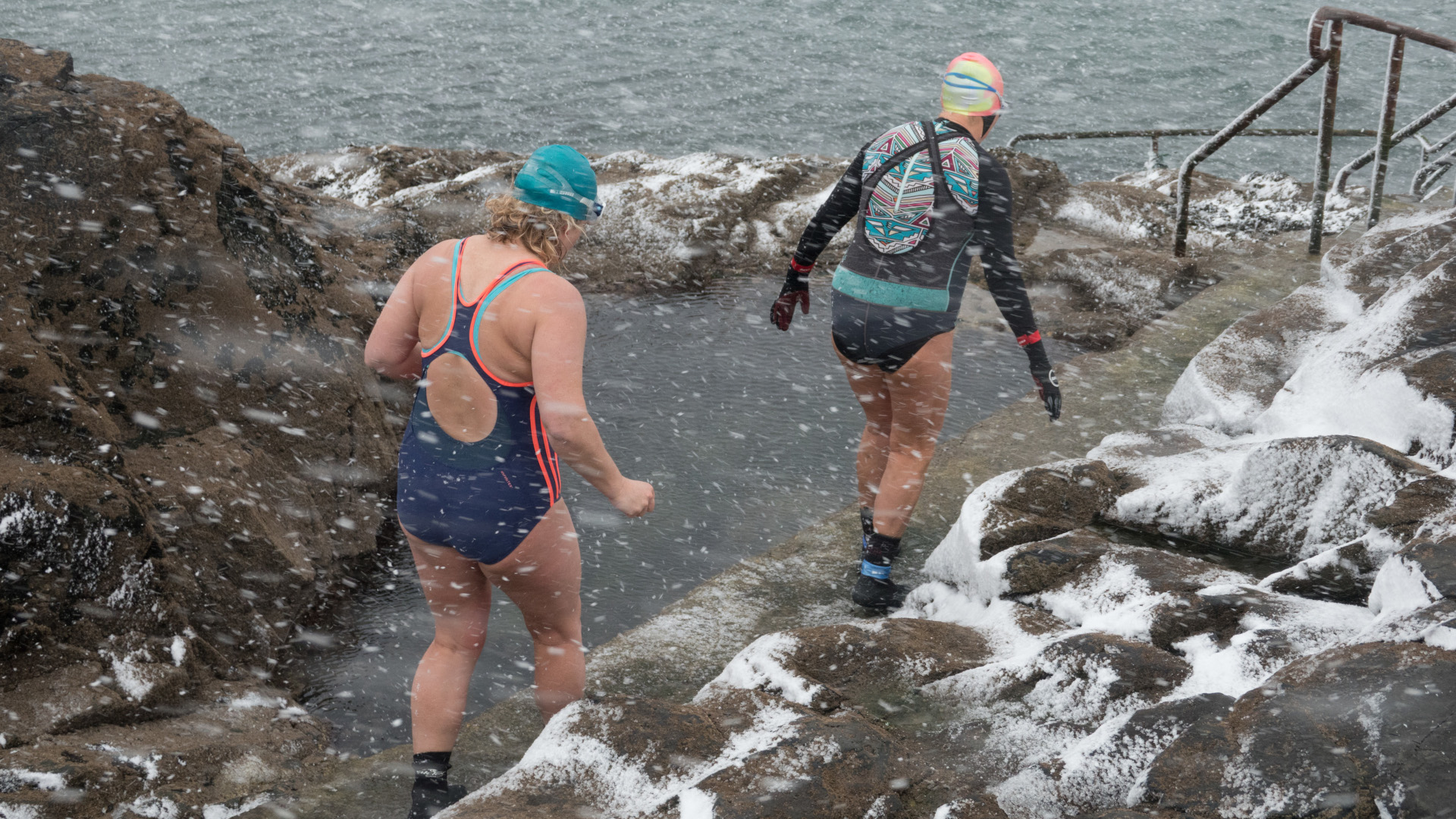
1. Start in summer
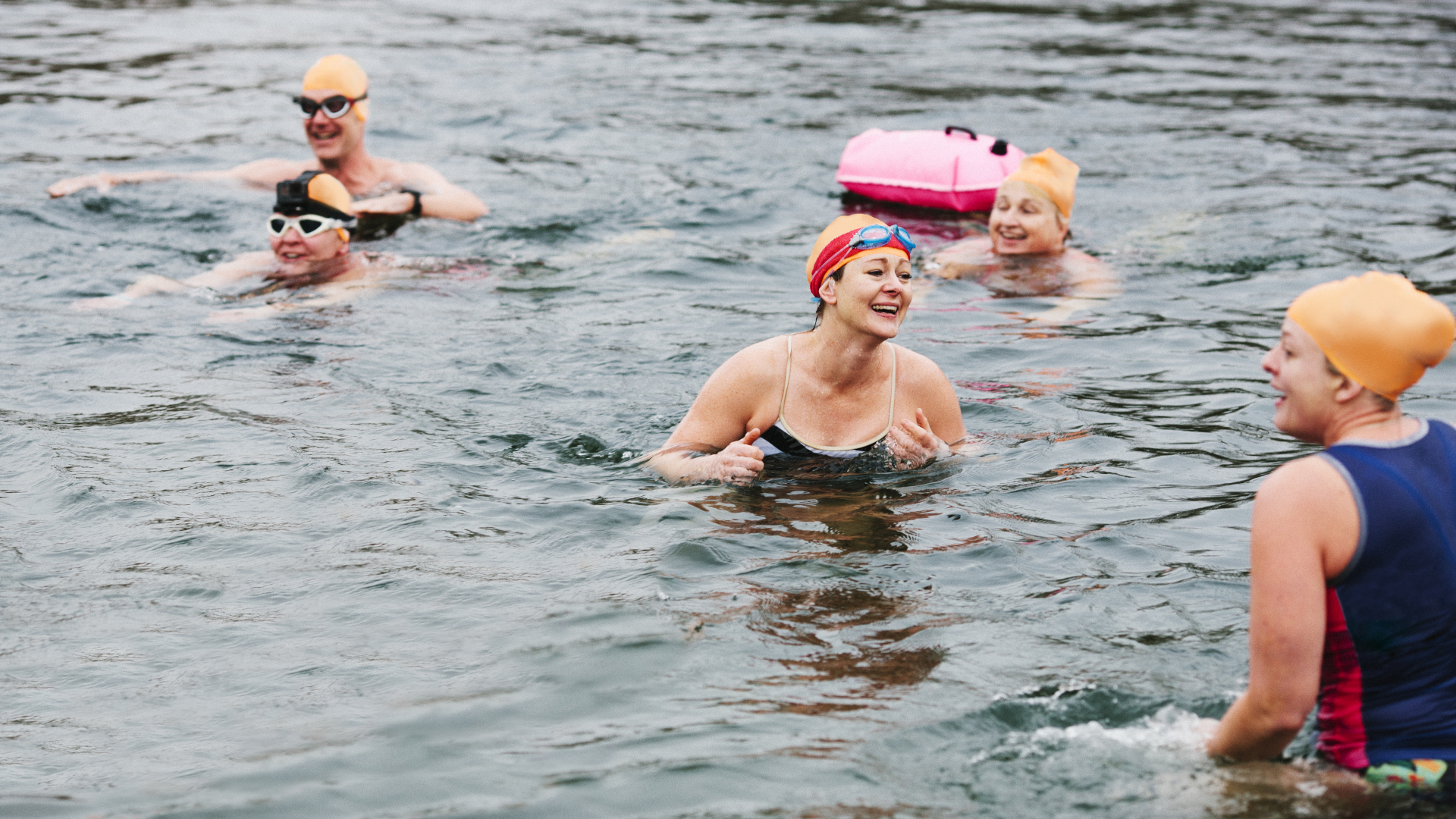
“Definitely push the boat out, but start in summer because it’s pretty warm and you can adjust to the winter as it comes in,” advises Armour, pointing to the fact that while Scotland may be on average about 3°C cooler than its neighbour to the south, it also enjoys extremely long days come summer. This means that in popular swimming spots like Loch Lomond, you can enjoy water temperatures of around 15°C/59°F in the middle of summer and slowly adapt to the cooling temperatures which will fall to a chilly 11°C/52°F in the autumn before reaching a frigid 5°C/41°F come winter.
Not only is this more tolerable, it means that you can consider starting out with wild swimming without purchasing pricey gear like a wetsuit, then if you love it you can make the investment with confidence. If you do decide to keep diving in once winter arrives, make sure to read our article on how to choose a wetsuit.
2. Be aware of Afterdrop
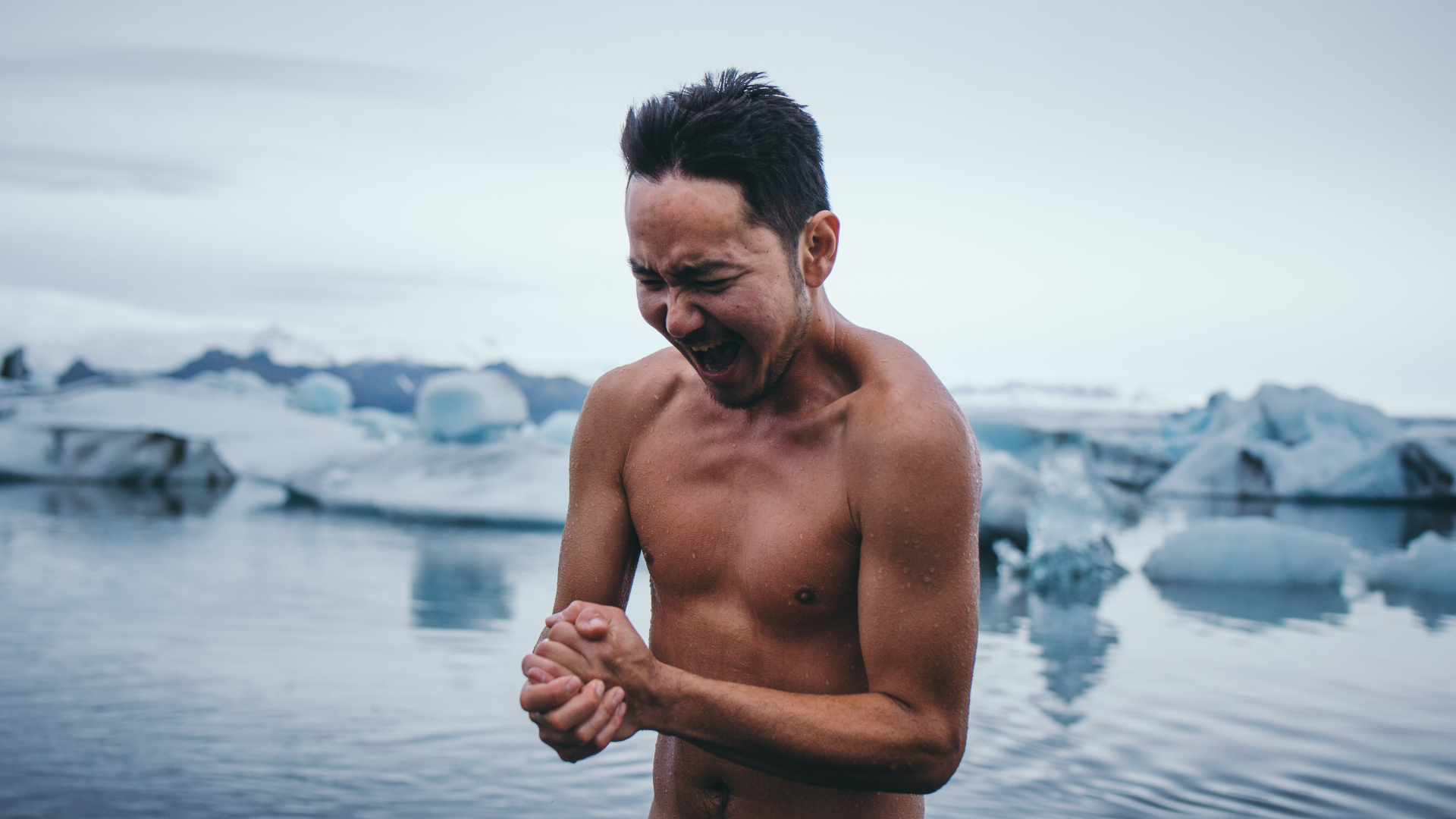
Speaking of cold, Armour warns to be aware of a phenomenon called Afterdrop, which can be dangerous for wild swimmers.
“When you get in the cold water, your blood shuts off to your extremities and starts to go towards your core to keep your organs warm. Then you come out of the water, you feel amazing, you feel alive, you dry yourself off so your skin starts to feel warm and tells your core that you’re warming up so the core starts releasing the blood to extremities,” explains Armour.
Advnture Newsletter
All the latest inspiration, tips and guides to help you plan your next Advnture!
In response, your blood leaves your core which is still surrounded by a layer of cold skin and muscle, and as a result, you’ll actually be at your coldest about 10 minutes after you exit the water. This can have symptoms of varying severity from shivering to feeling unwell or even hypothermia. The answer, according to Armour, is to not delay in getting your wet gear off and getting warm, no matter how amazing you feel in the moment.
“Once you’re out of the water just dry off straight away and get to a safe place because you don’t know how that delayed impact is going to hit you,” urges Armour. Bring a towel and a flask with a good warm drink for after your swim.
3. Bring a buddy
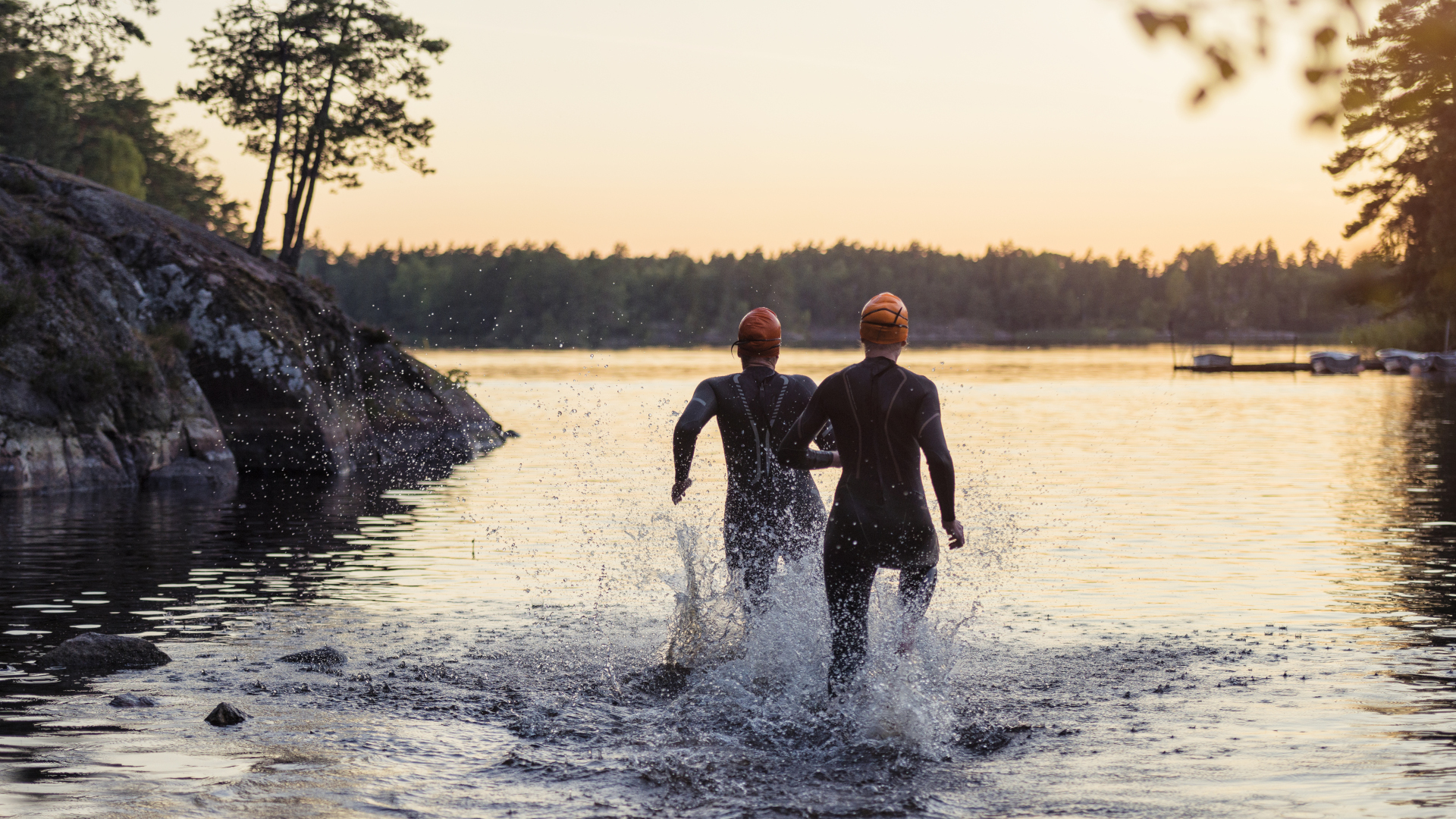
And finally, more important than whether you decide to take a wetsuit or a pair of water shoes, Armour advises you to always take a friend with you when you go wild swimming. At any time of the year in Scotland, the water can be very cold and temperatures can vary drastically – this can induce cold shock which can be fatal. There are also variables such as currents and tides which can pull you under and away from shore. You can drastically reduce the risks of wild swimming by ensuring there is someone with you who can assist you if you get into trouble.
Ready to take the plunge with wild swimming in Scotland?
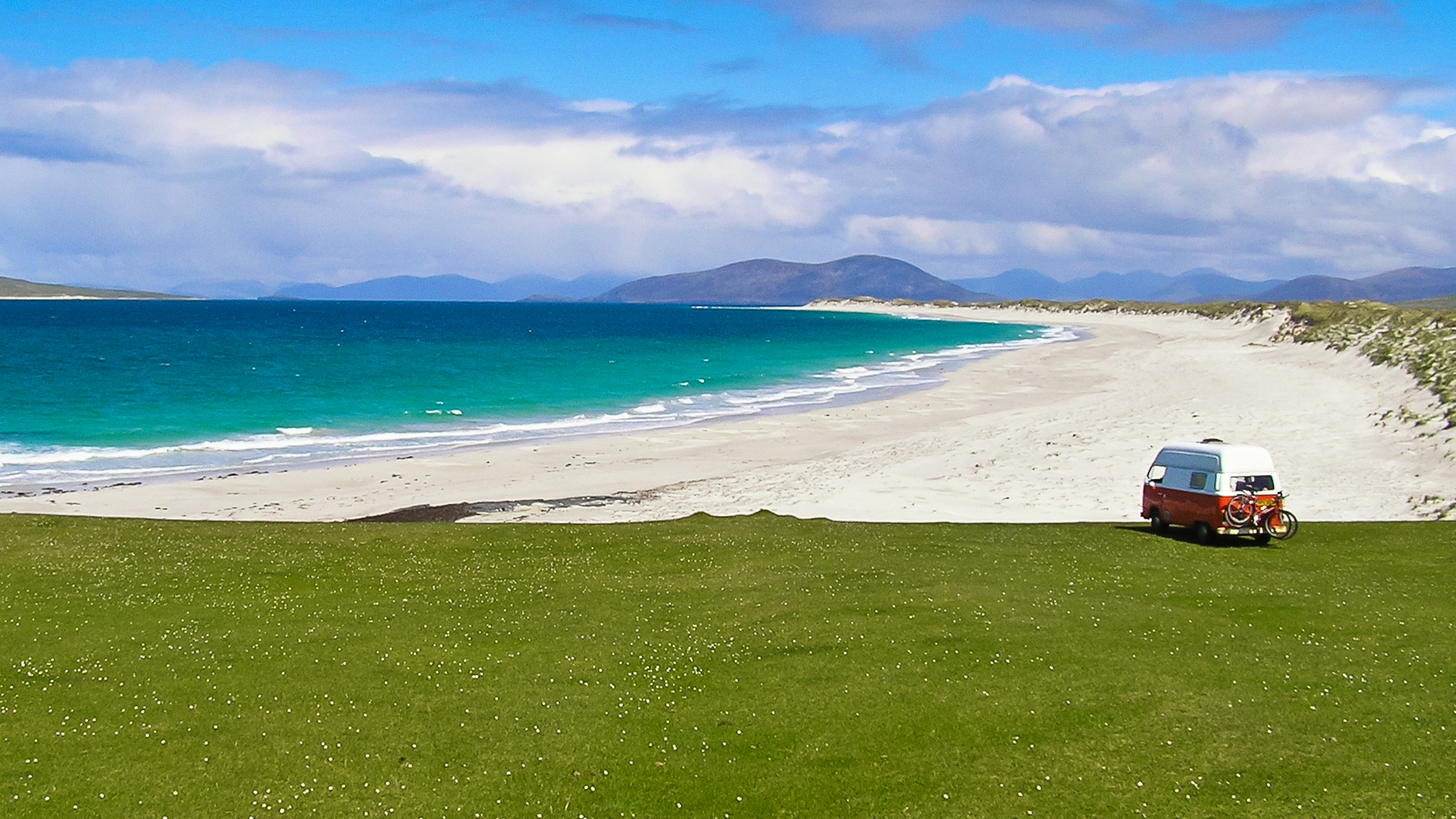
Scotland has no shortage of gorgeous wild swimming spots to choose from. With Scotland's right to roam access, you legally have your pick of swimming spots, as long as you do so responsibly. Read our article on wild swimming kit to make sure you have everything you need, pick a beautiful swimming hole and dive in carefully.
Julia Clarke is a staff writer for Advnture.com and the author of the book Restorative Yoga for Beginners. She loves to explore mountains on foot, bike, skis and belay and then recover on the the yoga mat. Julia graduated with a degree in journalism in 2004 and spent eight years working as a radio presenter in Kansas City, Vermont, Boston and New York City before discovering the joys of the Rocky Mountains. She then detoured west to Colorado and enjoyed 11 years teaching yoga in Vail before returning to her hometown of Glasgow, Scotland in 2020 to focus on family and writing.

